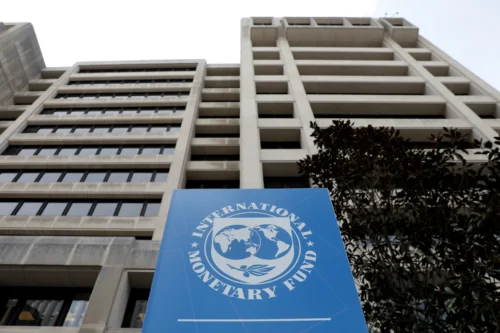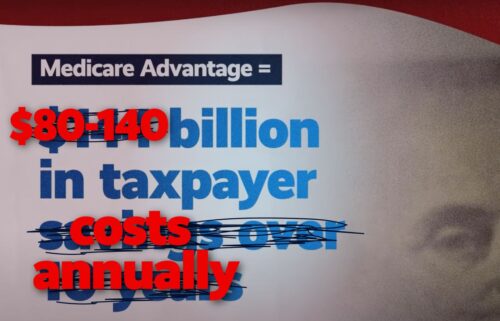Article • Dean Baker’s Beat the Press
The Cost of Trump Craziness: Turning America into Russia
While Trump’s actions have caused some financial market turbulence, the far greater danger lies in his undermining of the rule of law, which could drive businesses and investment away from the U.S. and inflict lasting economic damage.








